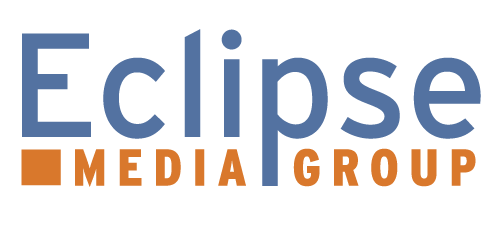Measuring Social Media Success
Posted on July 11, 2018 by cwoods

By Emma James
In a world of constant connectivity and togetherness, everything that PR pros put out on social media is analyzed – for better or worse. With the migration from print media to digital outlets, more than ever we have to be creative in how we publicize – it’s easy to get lost in the mix in our 6,000-Tweets-a-second world. It’s important to recognize the messaging you put out on social media, but what is even more important, is measuring impact.
Identifying the right tools can help you more effectively calculate the reach of your tweet, post or campaign so you can repeat what worked well, adjust what did not and determine the overall success of your digital PR project.
Fortunately, there are a plethora of PR tools out there that all have very similar functions when it comes to analyzing social media reach. Some cost money, but some of my favorites are completely free or are included as part of your social media account. Once you establish what goals you’re trying to achieve, odds are, there is a tool out there to help.
- TweetDeck – This one might be obvious, but should not be dismissed due to its ease of access. TweetDeck is a great resource if you have multiple twitter handles or topics of interest that you want to follow, as it allows you to manage multiple handles or topics on one dashboard. In addition, this twitter management platform allows you to schedule tweets for the future, and view notifications, messages and mentions. The multi-columned layout allows you to follow many different conversation topics at once, making the fast-paced world of Twitter manageable, but still in a way that provides real-time alerts.
- Hootsuite – Hootsuite has it all: the ability to handle multiple social media accounts on a variety of platforms with analytics reporting functionality. Whether you need to manage three accounts or a thousand, Hootsuite has plans that work for businesses of any size. You can easily schedule posts on any platform, which is especially useful for LinkedIn where the service isn’t built in. This one does require a subscription, depending on the number of accounts you have, but you can manage up to three for free. Its ease of use in adding accounts and account managers is a plus, too!
- Bitly – Bitly shortens URLs for use on social media and tracks the links to give users an idea of how well they are performing. The main dashboard has two views and allows users to see link performance from the previous seven days and over the links’ lifetime. The first is based on the date you created the link, while the second is based on top performing links. The dashboard also gives users an overview of the total number of clicks, referrals via email or SMS and the geographic distribution of the clicks. From there, you can view metrics for specific links you’ve created, rather than an overview of all of them.
From helping you to understand your audience to strict analytics, these tools are sure to help on many different levels of project tracking. While the three mentioned are very different, there are other tools available that perform similar functions. It’s important to figure out exactly what it is you’re hoping to capture, and to choose the platform that provides the best information for the most value for your time and money.
Emma James is a PR Associate at Eclipse Media Group where she provides a well rounded approach to client content, balancing quality content while preserving client voice.
Category: Blog, Social Media Tags: public relations, social media, value of PR
Copyright © 2024 · All Rights Reserved · Eclipse Media Group
Business Theme v3 by Organic Themes · WordPress Hosting · RSS Feed · Log in
